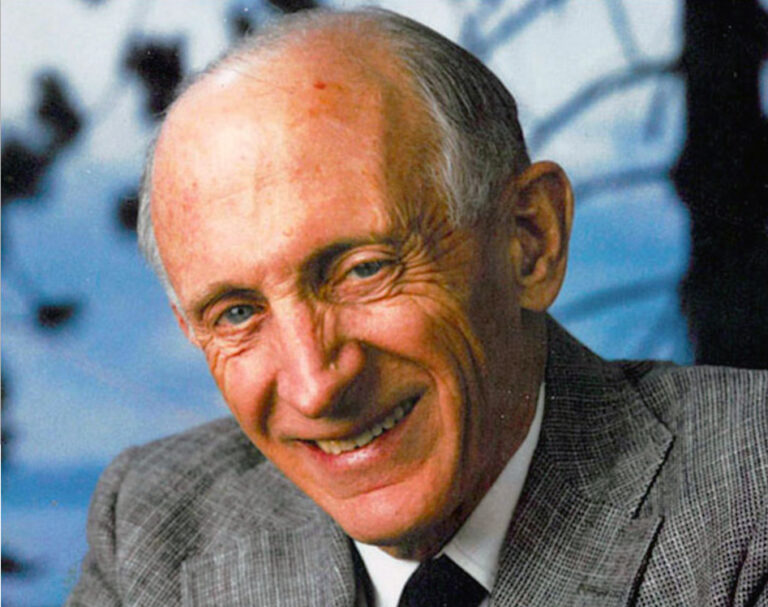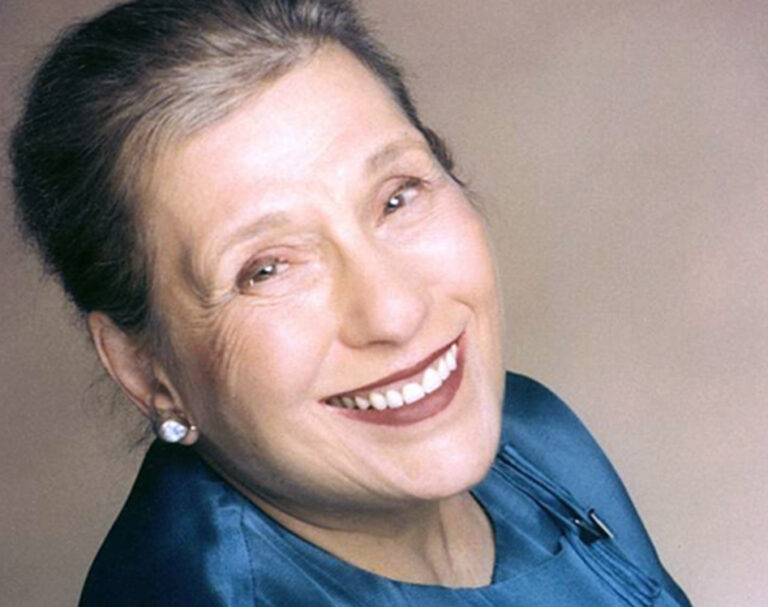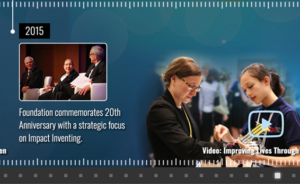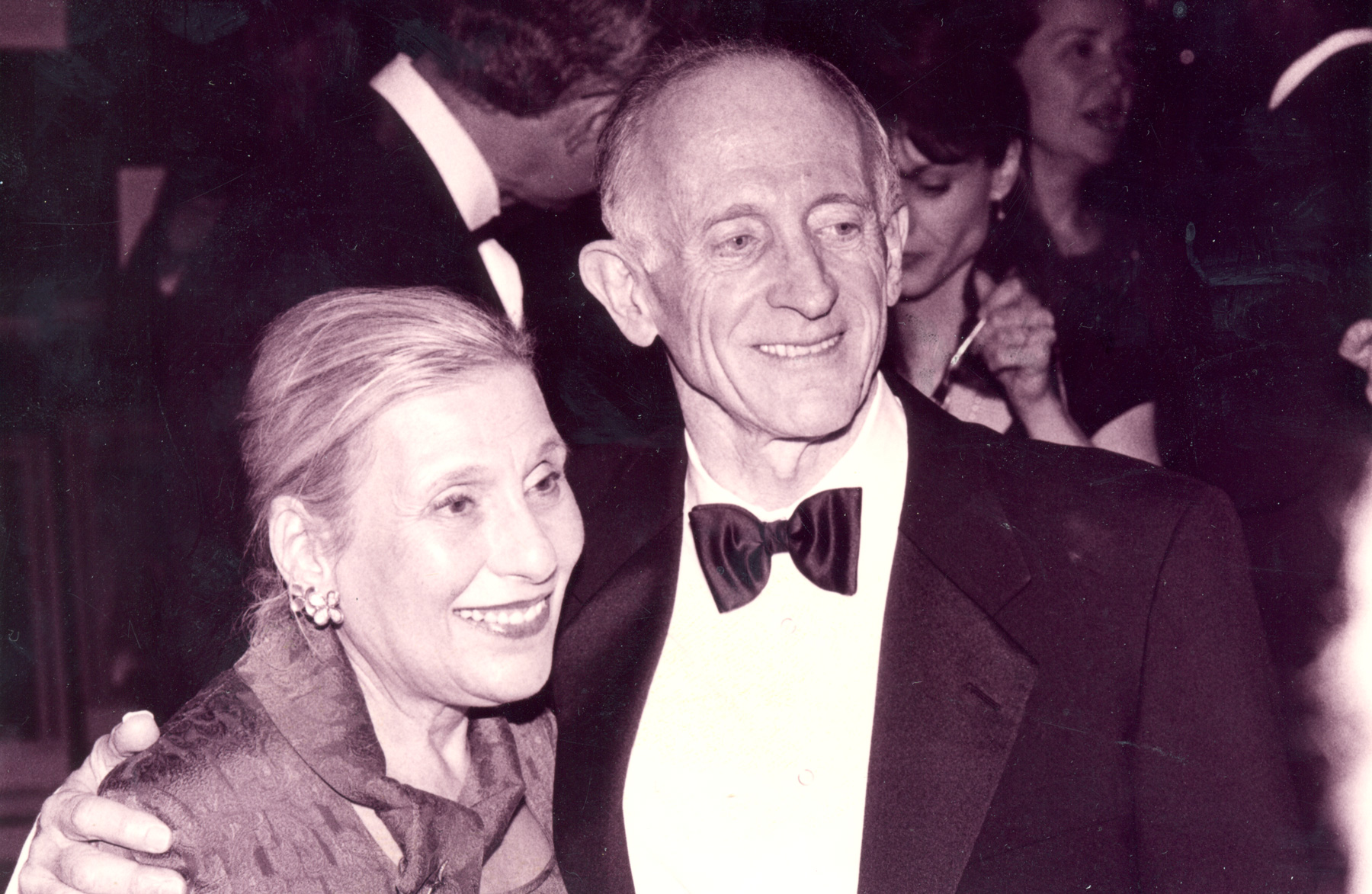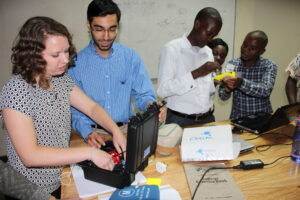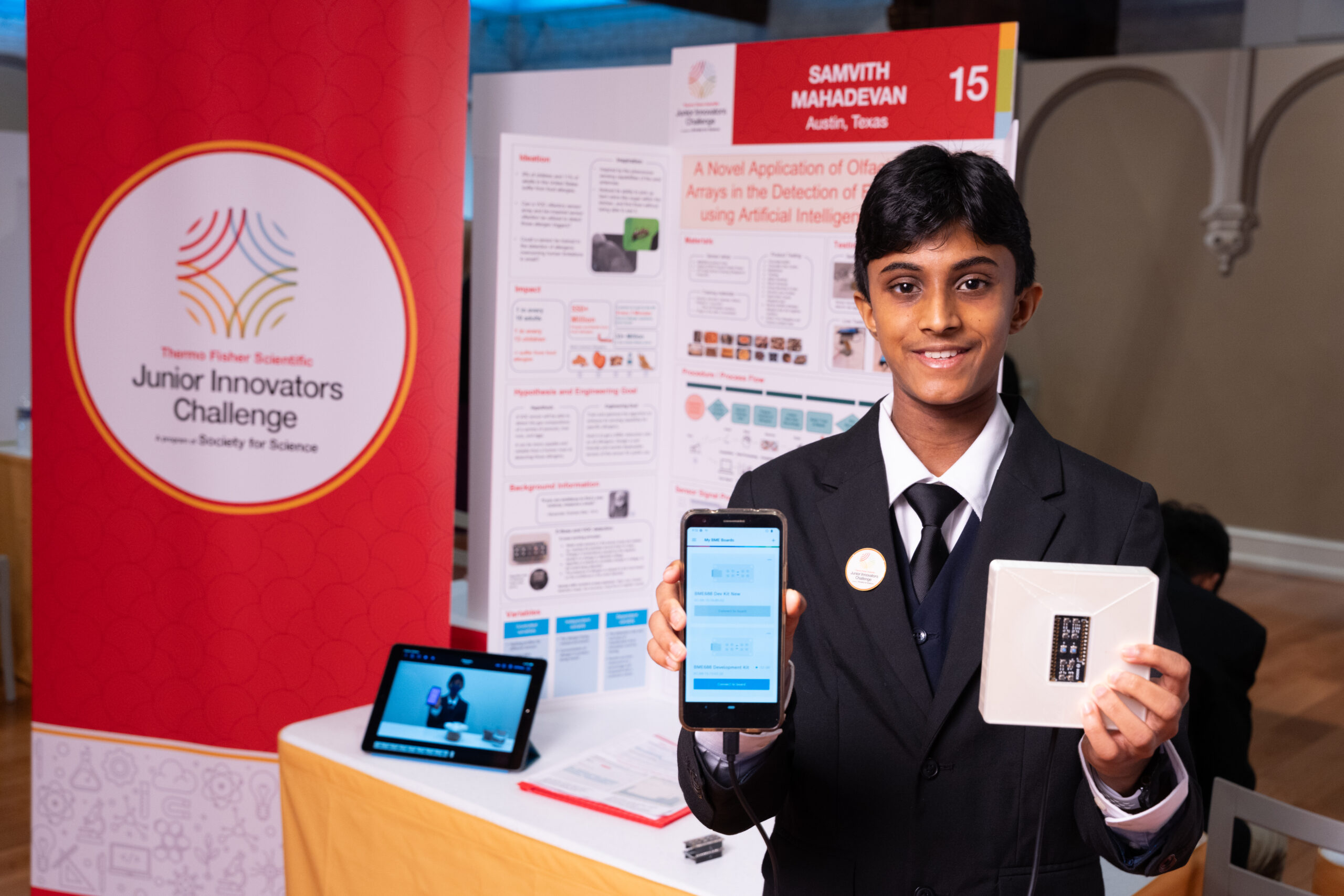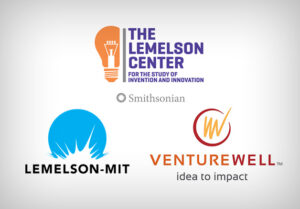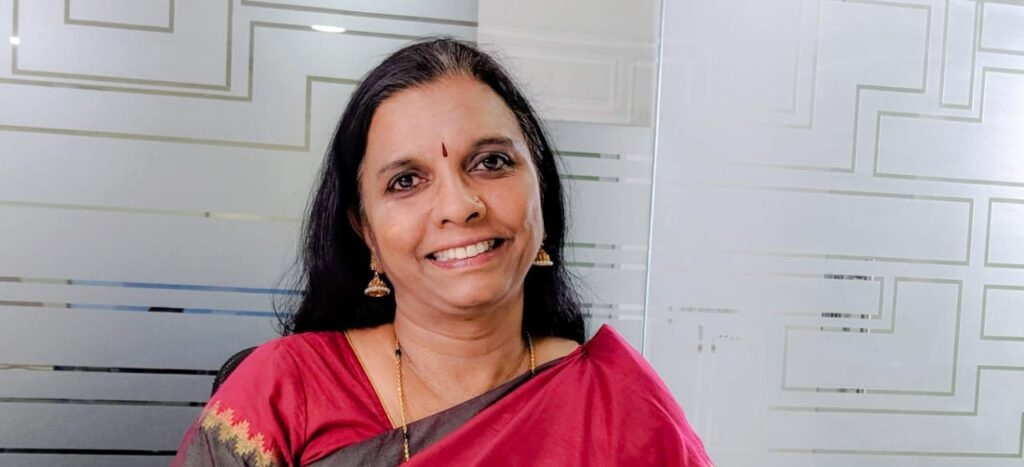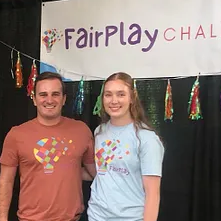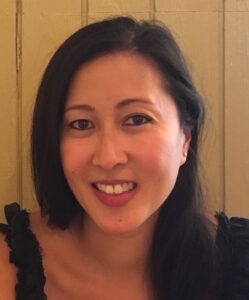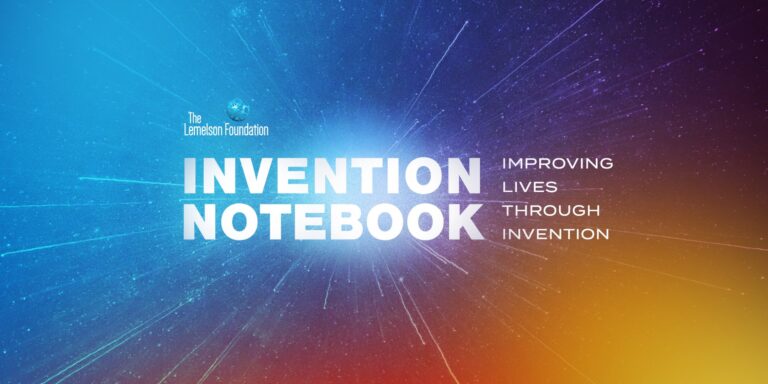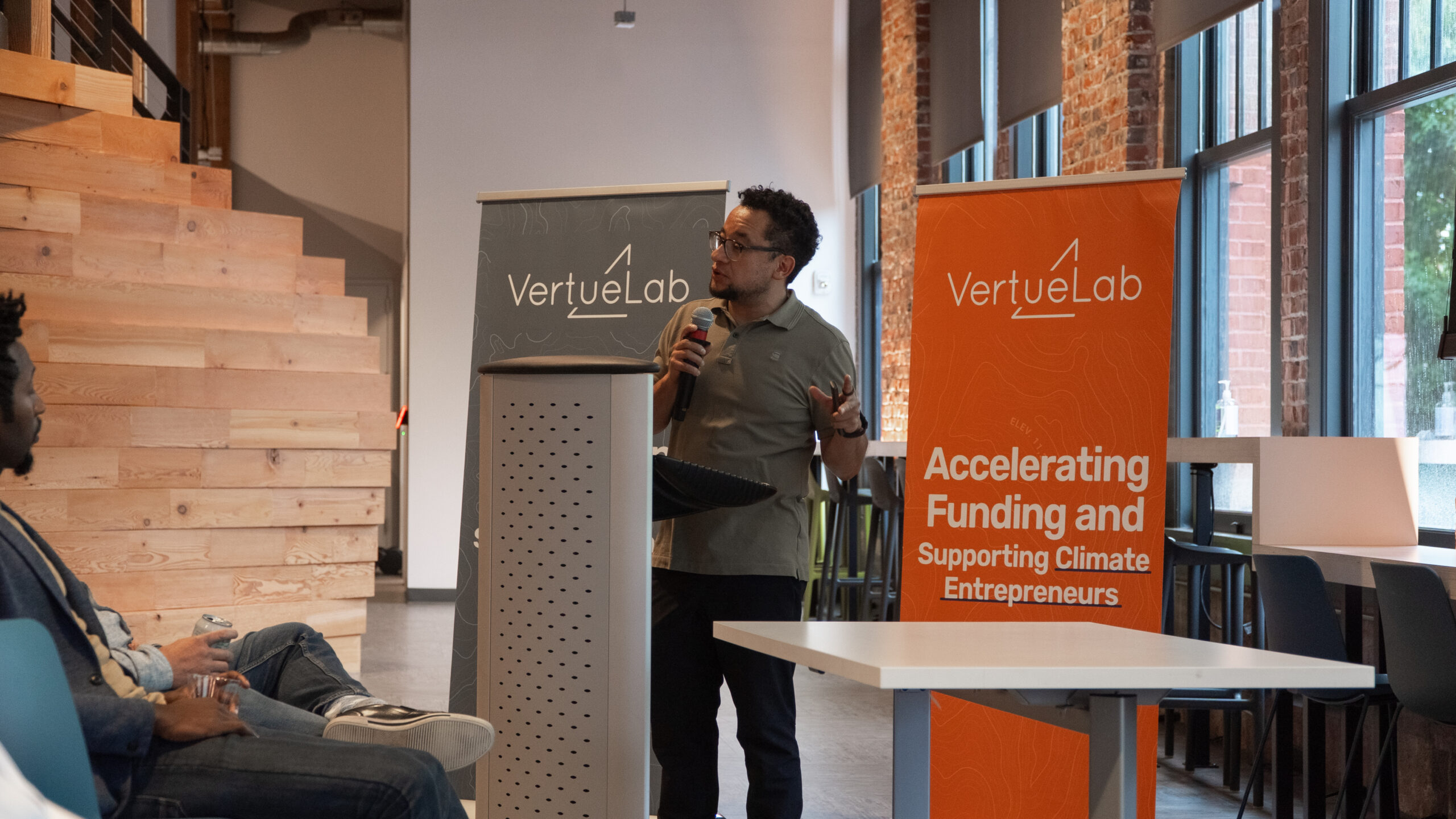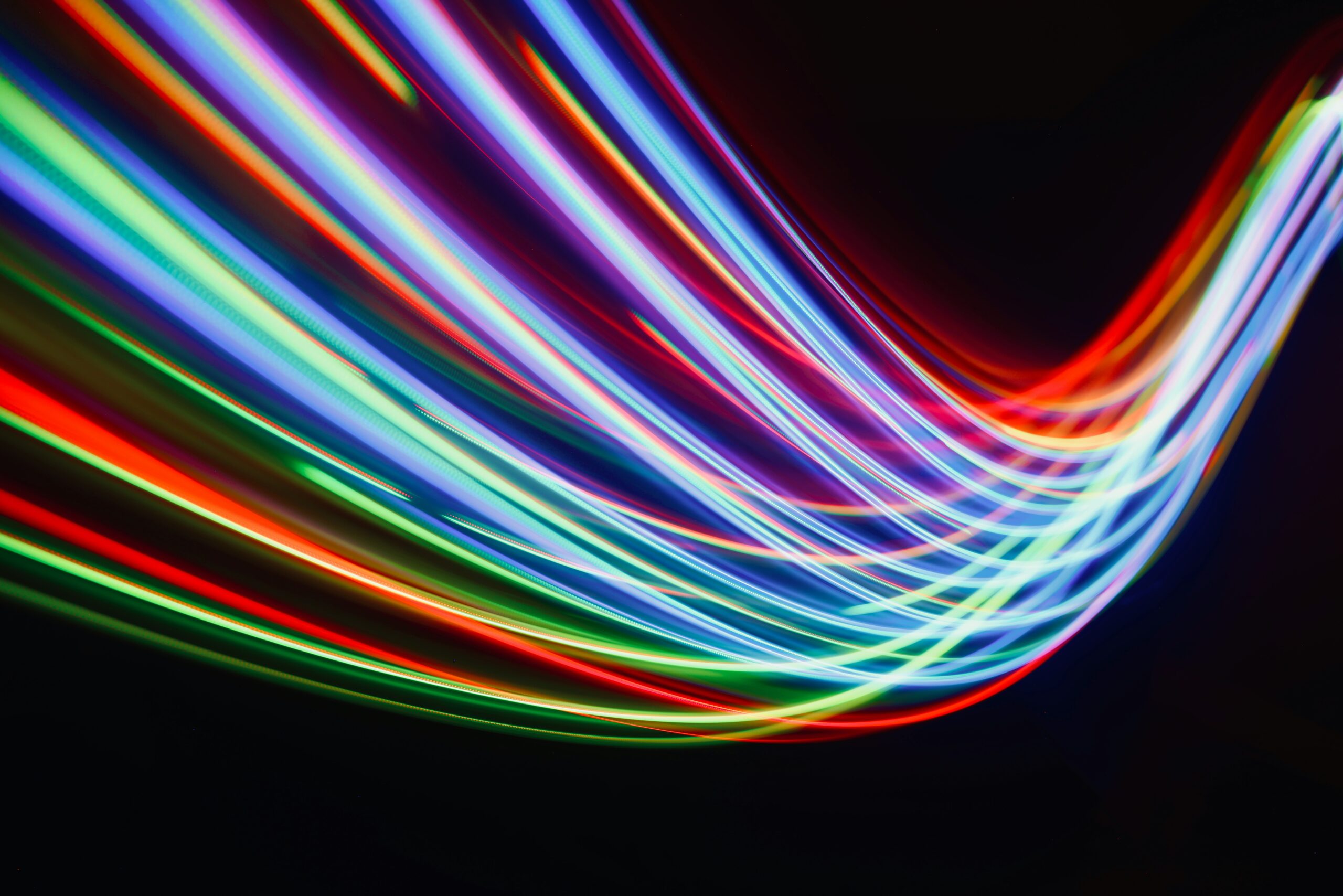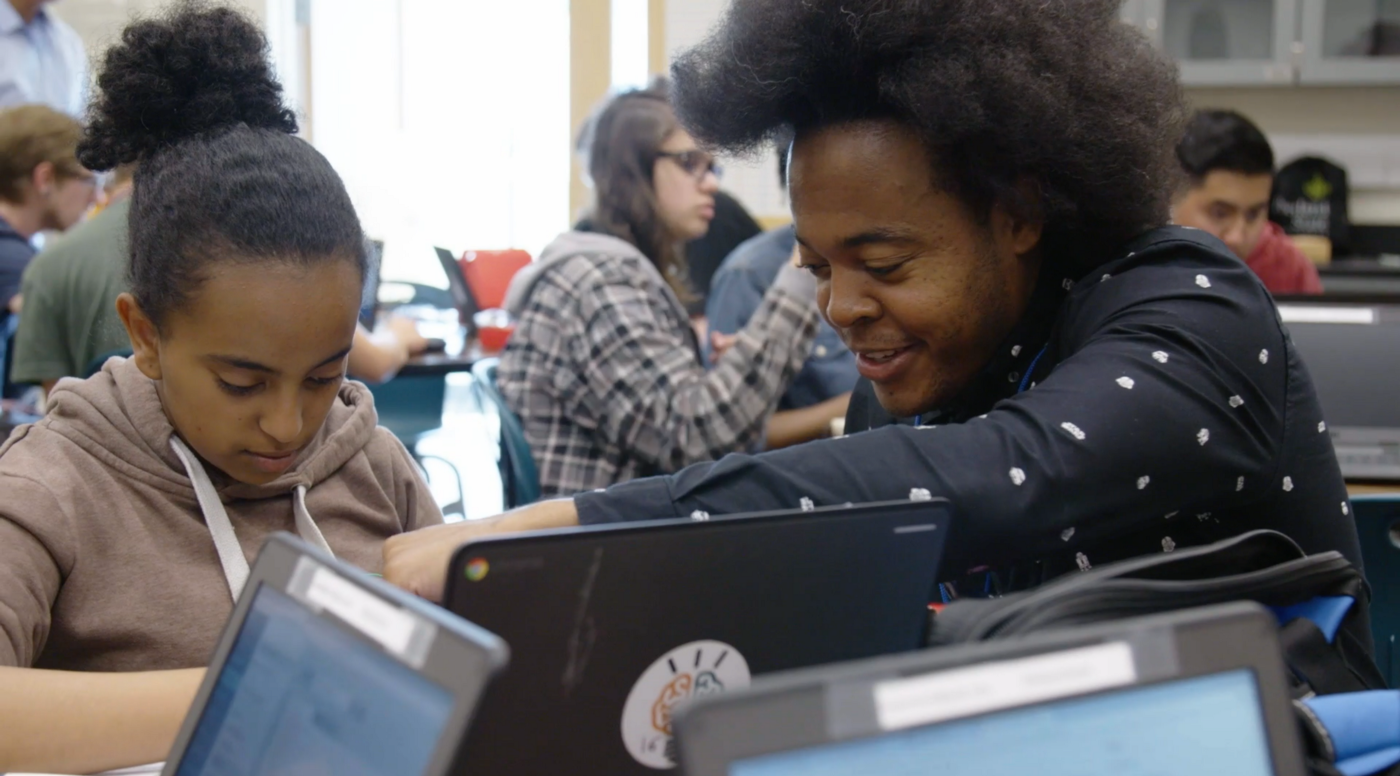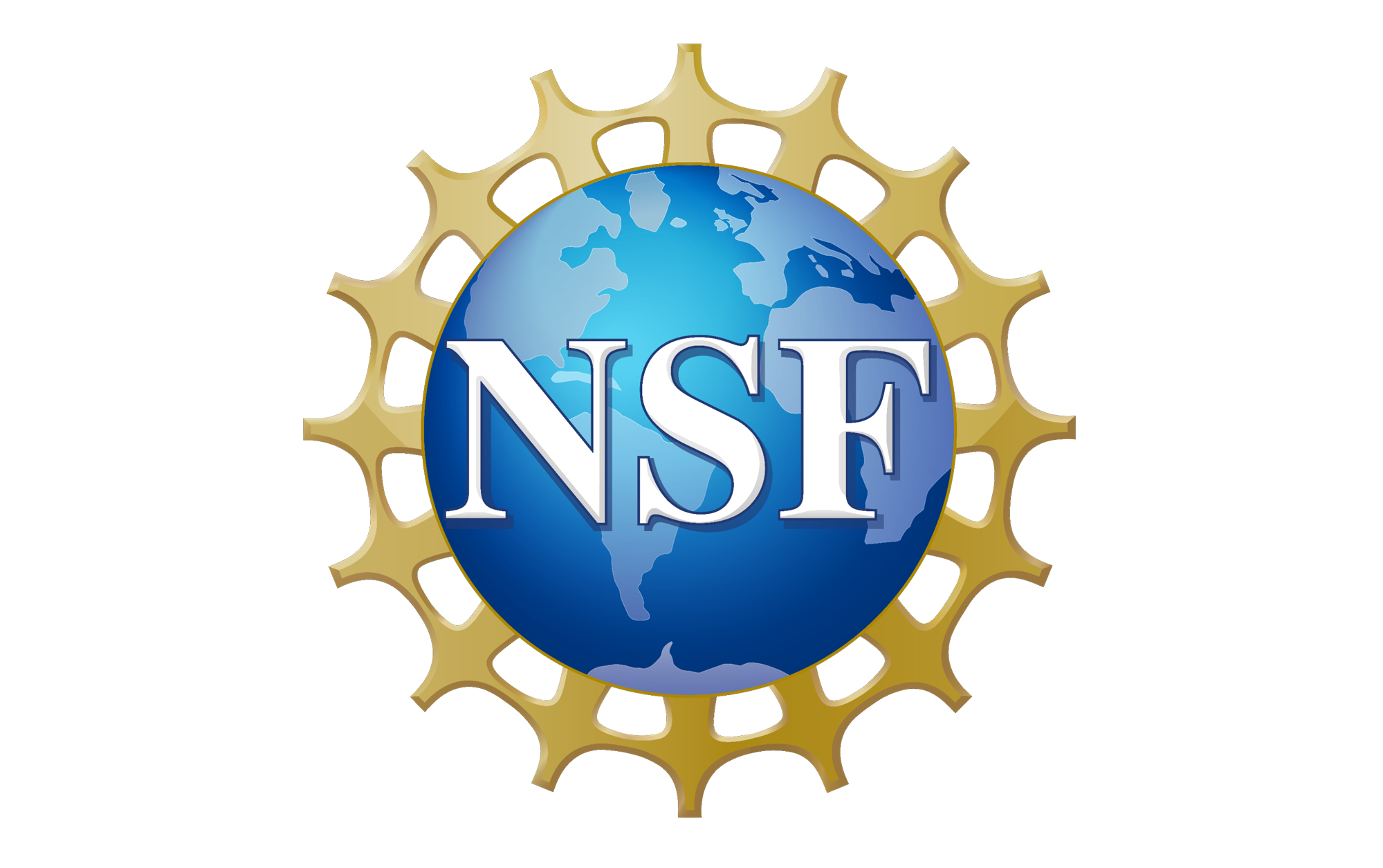Seven Women Making History and Inventing the Future
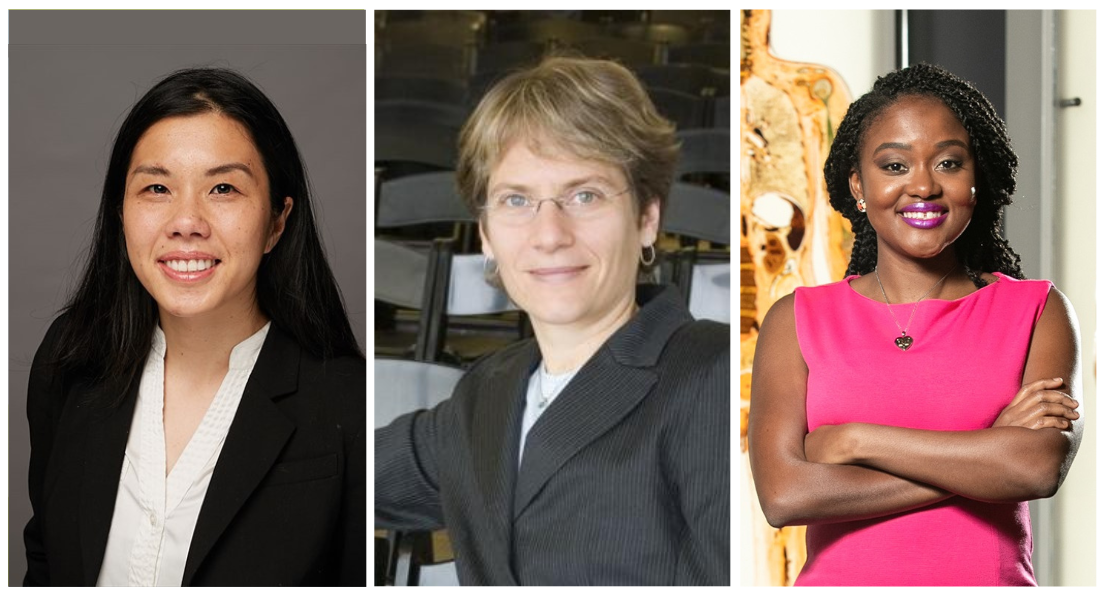
In commemoration of Women’s History Month, read about these pioneering inventors from the past and present.
Women have always played a vital role in the history of U.S. innovation. They’ve pushed past boundaries in science and society and built solutions to problems through their groundbreaking inventions.
As a part of Women’s History Month, we’re showcasing seven women from our past and present whose innovative work has improved lives and livelihoods in the U.S. and around the world.
Carolyn Bertozzi
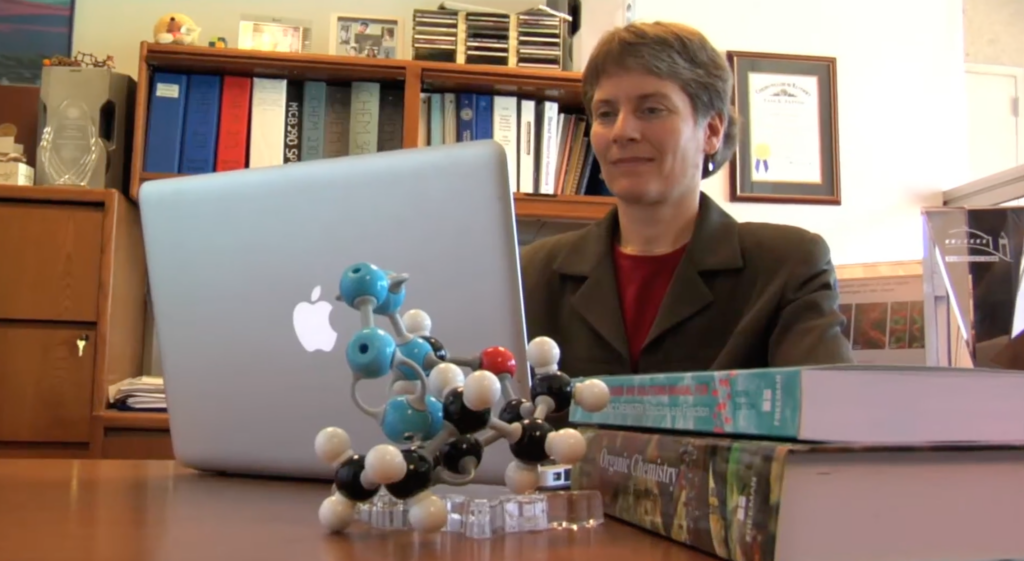
In her search for novel medical treatments, Carolyn Bartozzi created an entirely new scientific field called bioorthogonal chemistry, and went on to win the 2022 Nobel Prize in Chemistry. At Stanford University, she studies the sugar molecules on cell surfaces and the chemical reactions that allow for better diagnostics, biotherapeutics, and drug targeting for diseases ranging from cancer to tuberculosis. The work in her lab has resulted in a number of biotechnology companies to get her innovations to market — but just as important, her mentorship has produced a new generation of scientists and inventors contributing to medical breakthroughs.
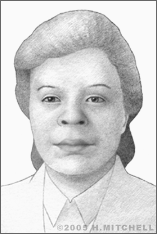
Bessie Blount
After World War II, Bessie Blount served as a physical therapist who saw amputees struggling to perform basic tasks. To help veterans feed themselves and gain independence, she invented a device allowing individuals to bite down on a tube to deliver food to a mouthpiece. Her pioneering work in assistive technology and later in forensics made her a role model for women inventors — especially African American women — in the 20th century.
Chieko Asakawa
Accessibility technology, like Chieko Asakawa’s Home Page Reader (HPR), can change how blind and visually-impaired people communicate. Using her engineering skills and experience as a blind individual, she designed the HPR to help blind and visually-impaired computer users employ their voice to surf the internet. For her contributions — including 20 patents and inventing a digital system to edit Braille — she was awarded the Achievement Award from the Society of Women Engineers.
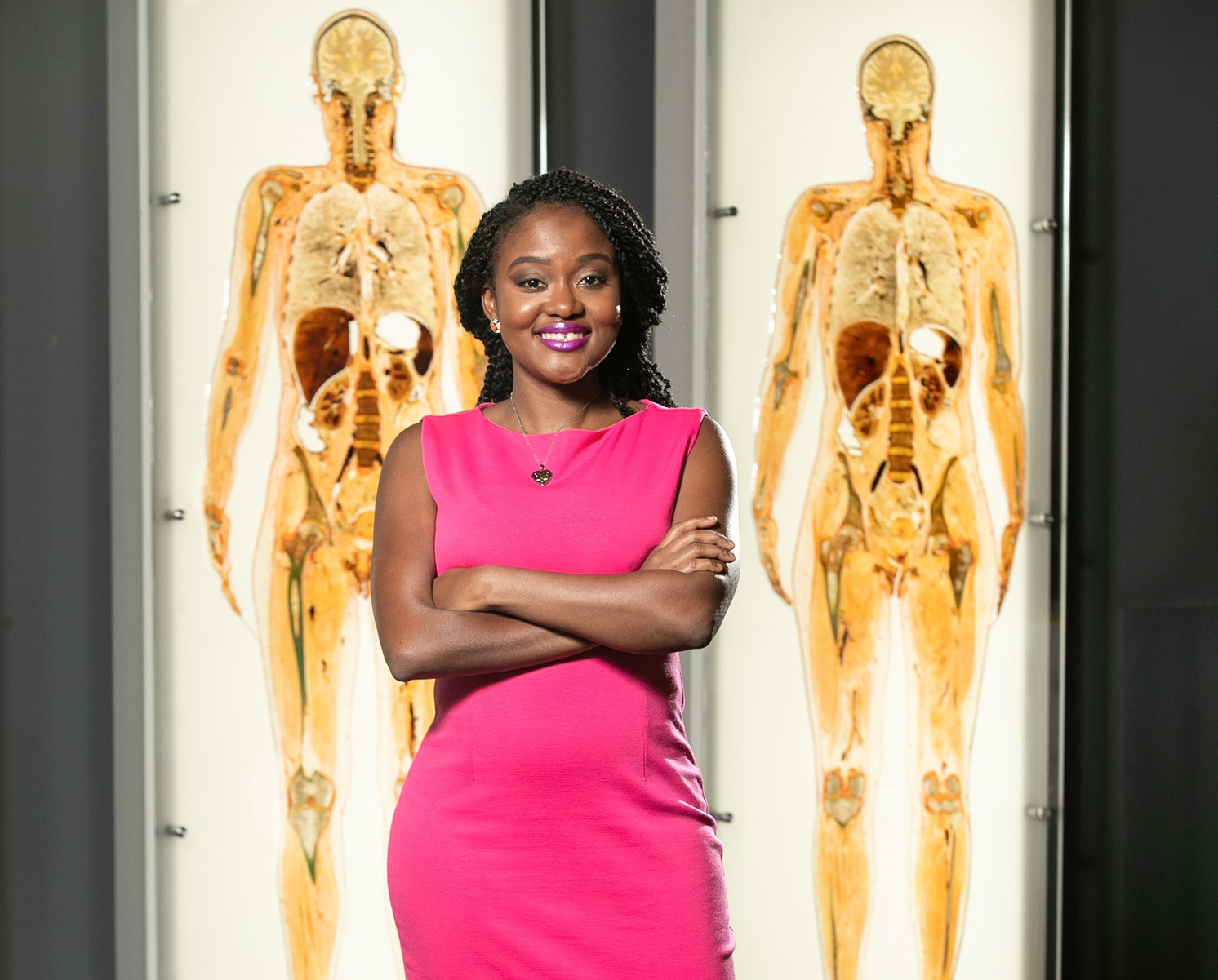
Arlyne Simon
For young women and girls in STEM, Arlyne Simon is a source of inspiration. In her career as a biomedical engineer, she’s invented lifesaving technology for cancer patients who receive bone marrow transplants, received two patents, and co-founded a biotech startup. Her experience as the only woman in her Ph.D lab served partly as inspiration for her children’s book series, “Abby Invents.” She hopes the stories about a curious young inventor will empower girls to create, problem solve, and pursue careers in science.
Pamela Marrone
Using pesticides to control insects can make it challenging to not kill the good bugs — like lady beetles, lacewings, and honeybees that are a crucial part of our ecosystems. That was Pamela Marrone’s thought after she saw her father use chemicals on trees to stop a spongy moth caterpillar infestation. After becoming an entomologist, she used her love of nature to develop environmentally friendly products for pest management and educated the public about biological pesticides.
Kayla Nguyen
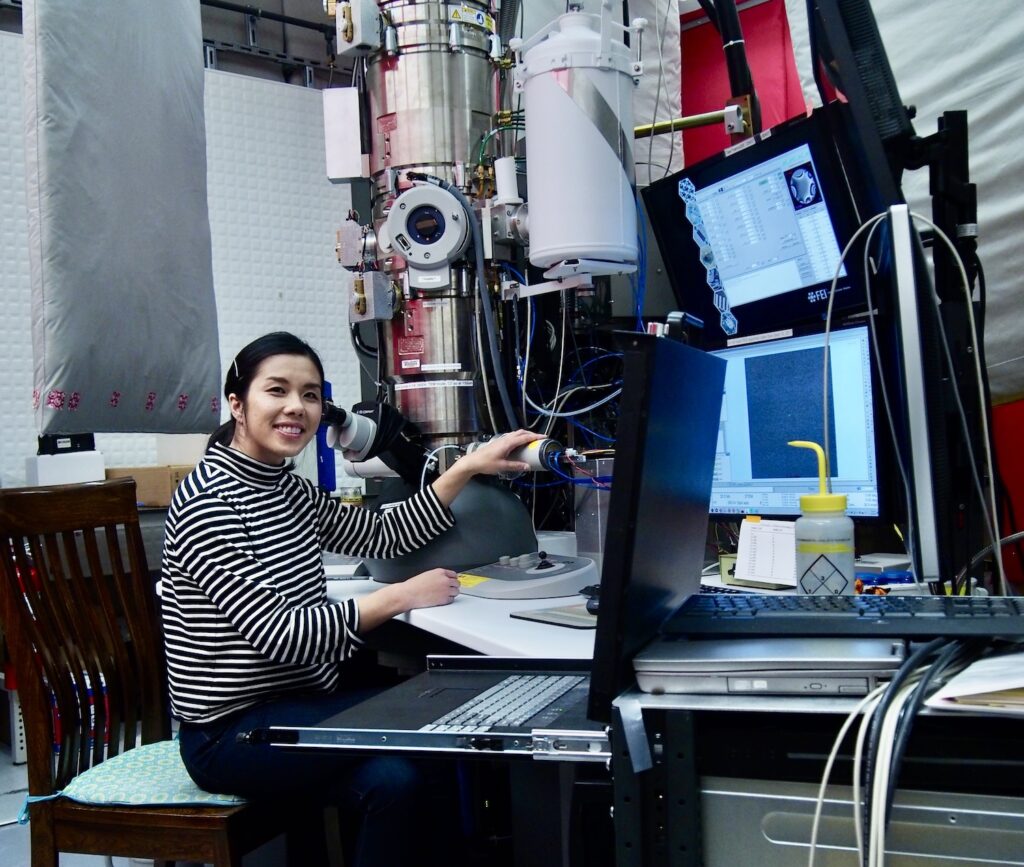
Obstacles don’t deter Kayla Nguyen, who grew up as a skateboarder and surfer girl in a family of Vietnamese refugees in Southern California, and was the only woman in her college physics program. In 2018, while still in graduate school, she won the Lemelson-MIT Student Prize for her electron microscope pixel ray detector — or EMPAD — a camera that takes photos using electrons to reveal an unprecedented level of detail. Her invention was later licensed to Thermo Fisher Scientific for a variety of uses, spanning from disease detection to art conservation. She also serves as a role model for young women in STEM, reminding them to: “Believe in yourself, your abilities, and your innovations.”
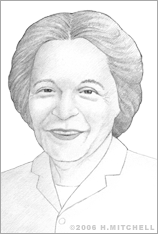
Maria Telkes
Maria Telkes was nicknamed the “Sun Queen” for her numerous innovations in solar energy. During her lifetime — which spanned the 20th century from 1900 to 1995 — she foresaw how sunlight would be widely used as a source of energy. Among her famous inventions were the Dover Sun House, a home heated entirely by the sun, and a solar distillation device she developed during World War II.

